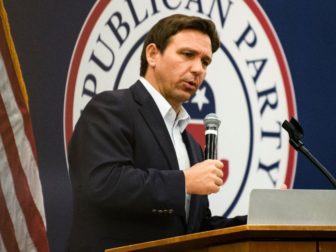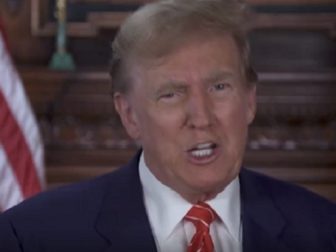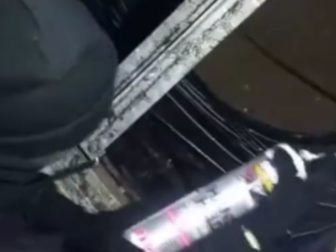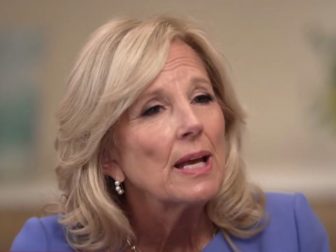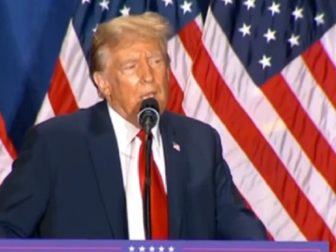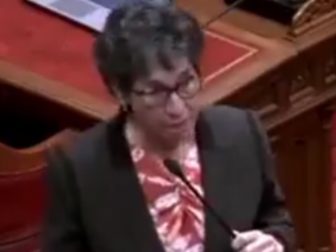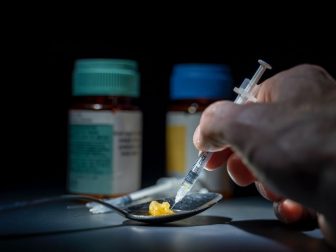New Strong Economic Growth Numbers Call Into Question the Need for $1.9T Stimulus Bill
Newly released numbers show that the economy is coming back strongly and call into question the necessity of the Democrats’ $1.9 trillion stimulus bill.
The Commerce Department reported Thursday the gross domestic product grew at an annual rate of 4.1 percent during the fourth quarter, which was revised upward from an initial estimate of 4 percent, according to Fox News.
“Some expect GDP growth in the current quarter could top 9% and for the year, economists are forecasting GDP growth perhaps as high as 6%. That would be the fastest annual GDP growth since the economy expanded 7.2% in 1984 when Ronald Reagan was president,” the news outlet added.
The strength of the current U.S. economy is also seen in the relatively modest GDP decline of 3.5 percent in 2020, despite the shutdowns and other restrictions saddled on it by the COVID-19 pandemic.
MarketWatch reported that orders for durable goods — products meant to last at least three years — rose 3.4 percent in January, which was higher than the 1 percent forecast by economist surveyed by Dow Jones and The Wall Street Journal.
“Orders for manufacturers have now returned to precrisis levels, reflecting in large part a major shift among consumers toward the purchase of goods such as new cars, houses, appliances, electronics and so forth,” according to MarketWatch.
This good news comes on top of last week’s report that retail sales rose 5.3 percent and January, well ahead of an expected 1.2 percent jump.
Additionally, home prices posted their biggest increase on record for the November to December time period.
“December’s year-over-year change ranks within the top decile of all reports,” Craig Lazzara, managing director and global head of index investment strategy at S&P Dow Jones Indices, told Fox Business.
[firefly_poll]
“2020’s 10.4 percent gain marks the best performance of housing prices in a calendar year since 2013.”
Given all of the above, why should the United States borrow and/or print an additional $1.9 trillion in stimulus?
If the Biden administration does not raise taxes on businesses or individuals, nor change the pro-growth regulatory climate created by former President Donald Trump, the economy will be primed to continue to take off like it did under Reagan.
The biggest chunk of the $1.9 trillion stimulus would go for $1,400 payments to Americans adults, whether they have a need or not, and an additional $1,400 per eligible dependents, according to MarketWatch.
The price tag of that portion of the bill alone is approximately $422 billion.
The legislation also includes a $109 billion for a one-year expansion of the child tax credit from $2,000 to $3,000.
The same logic applies: If families are working and earning more or less what they did before COVID, why increase the tax credit?
Another $81.5 billion would go to underfunded pensions. Why should the American taxpayer be on the hook for that? The stock market is at record highs. Mismanagement and overly aggressive shutdowns at the local and state levels are the issues likely driving pension shortfalls.
The stimulus legislation includes another almost $129 billion to help reopen schools, but only about $4 billion of the $68 billion passed by Congress last year for this purpose has been spent.
Perhaps one of the few items that makes sense in the whole Democratic package is continuing to enhance unemployment benefits to those who are still out of work at $400 per week. The cost is about $246 billion.
That benefit should be monitored closely because we don’t want to create a disincentive for people to return to the workforce, but with over 700,000 initial jobless claims last week, there is still a need.
Overall, the federal government can accomplish all that is necessary at this time for a fraction of $1.9 trillion, and that’s the course lawmakers should take.
This article appeared originally on The Western Journal.



